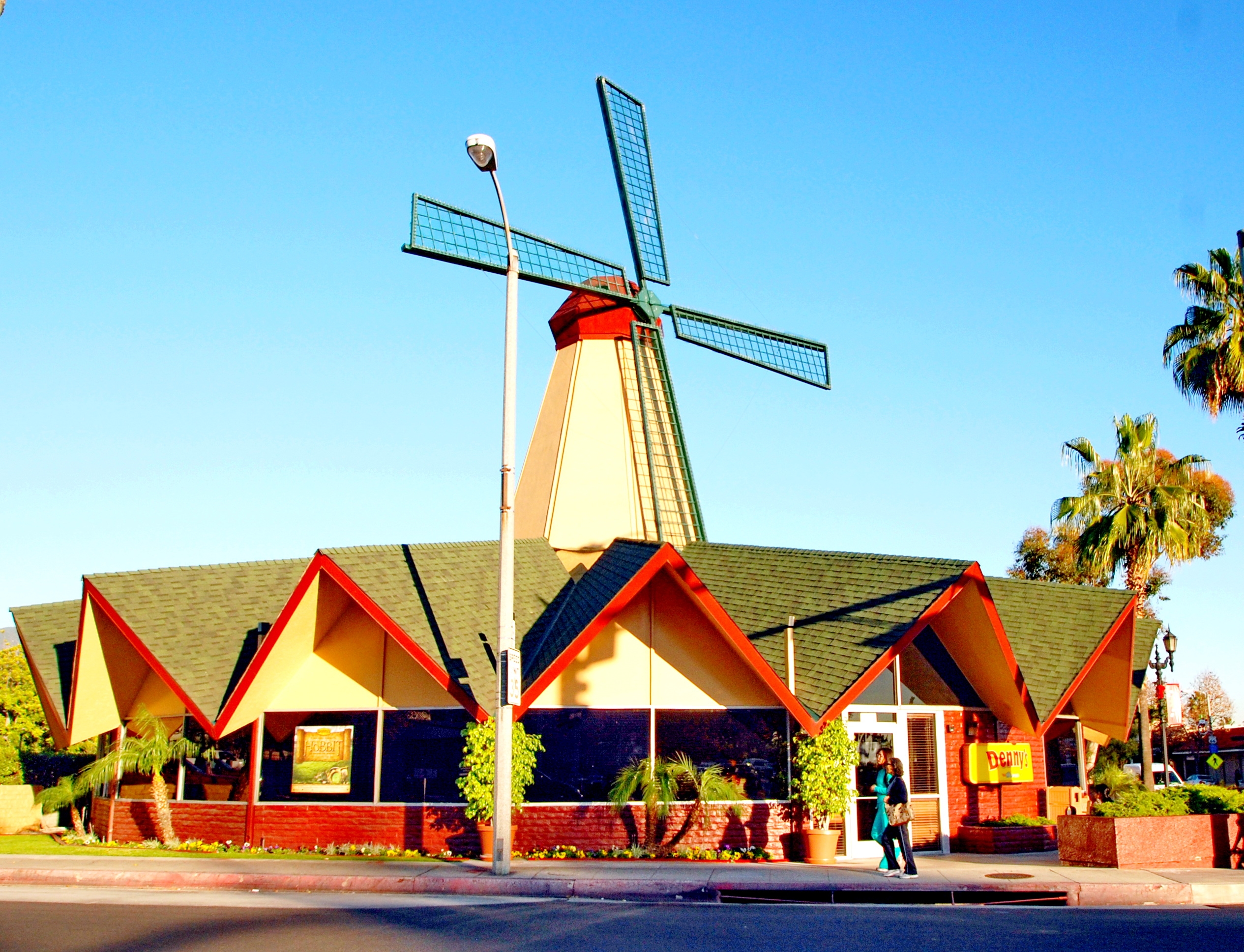
Place
Edward T. Foley Center, Loyola Marymount University
A pavilion-style structure much like a scaled down version of Stone's famous design for the U.S. Embassy in New Delhi, the building evokes a feeling of lightness draped over the symmetry and power of the building's New Formalist style.
The campus of Loyola Marymount University (LMU) has a number of wonderful buildings dating from the 1920s to the present, including some excellent examples of Modern architecture. The finest in this group is the Edward T. Foley Center, a 1964 building housing a theatre, classrooms, and offices. Designed by master architect Edward Durell Stone, the Foley Center is a monumental rectangular building set on a podium behind a large reflecting pool. It is a pavilion-style structure much like a scaled-down version of Stone’s famous design for the U.S. Embassy in New Delhi, with a massive projecting roof supported by tall arches that form a colonnade around the building.
The roof is perforated around the edges, allowing for constant play of light and shadow below, and both the perforations and the roof’s delicate supporting arches are mirrored in a raised grid pattern of elongated hexagons all over the building’s façade. All of it is white, save for the tall, simple dark glass entryway, creating a feel of lightness draped over the symmetry and power of the building’s New Formalist style.
Inside, the lobby features a massive tapestry created for the site by artist Millard Sheets.
The Edward T. Foley Center is a breathtaking example of Stone’s New Formalist designs, and is a true jewel of the LMU campus.


